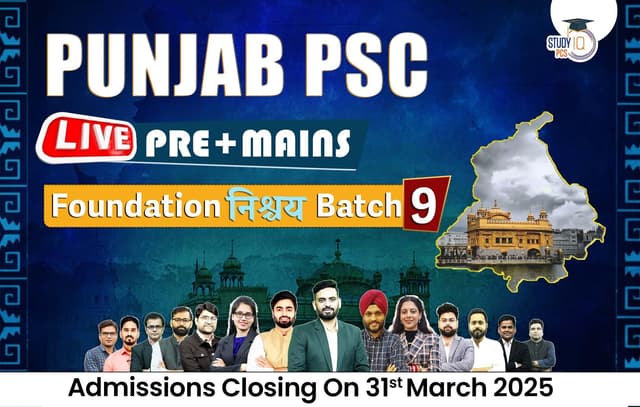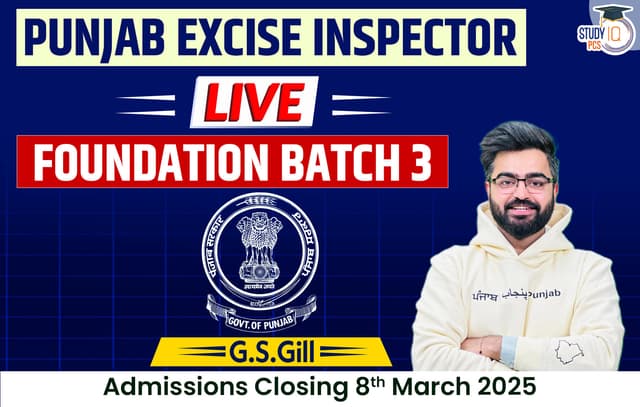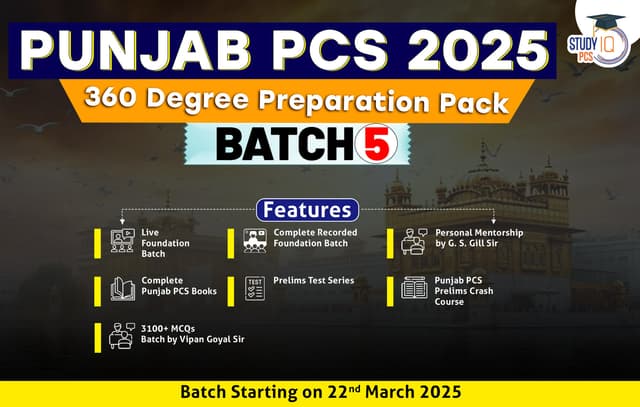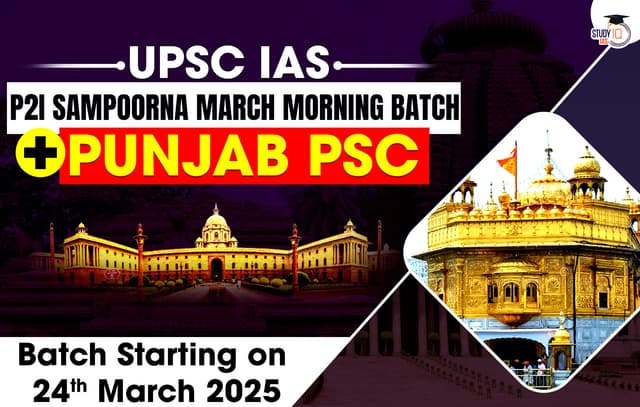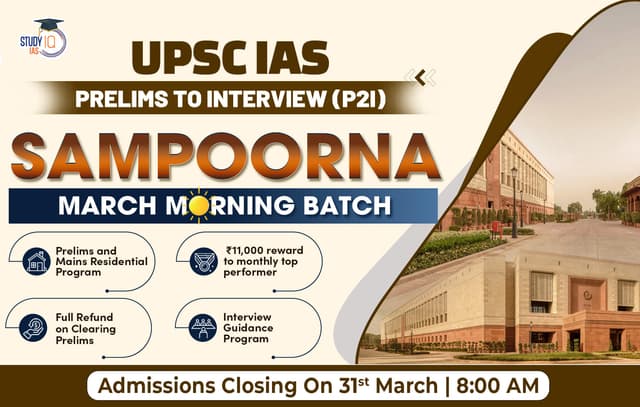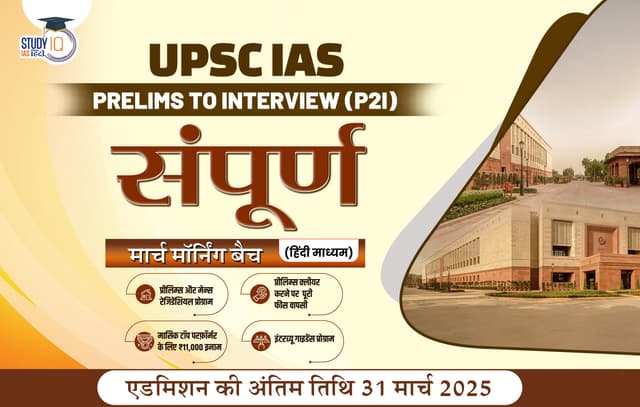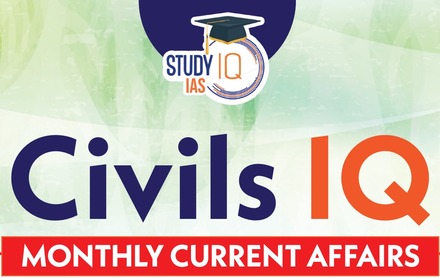Table of Contents
- Constitutional provision: Articles 168 to 212 (Part VI)
- Composition: Governor, Legislative Assembly and Legislative Council (in some states)
Organisation of State Legislature
- No uniformity: Unicameral system (most states) + Bicameral system (other states)
- Present status: Six states have a bicameral system (Andhra Pradesh, Telangana, Uttar Pradesh, Bihar, Maharashtra and Karnataka). Rest 22 states have a unicameral legislature.
- Upper house: legislative council (Vidhan Parishad), Lower House: legislative assembly (Vidhan Sabha)
- Legislation council: Constitution provides for the abolition or creation of legislative councils under Article-169. It Can be done by Parliament based on resolution passed by the State Legislative assembly (Needs to be passed by Special majority). Parliament needs to approve this by Simple majority (It is not considered as an amendment under Article 368).
Composition of the Houses
Legislative Assembly
- Direct election, Based on Universal Adult Franchise.
- Maximum strength – 500, Minimum – 60, [ Exception (Arunachal Pradesh, Sikkim, Goa Minimum Number is 30, Mizoram – 40, Nagaland – 46)]. Some members in Sikkim + Nagaland assemblies are elected Indirectly.
- Nominated Member: Nomination of Member from Anglo Indian Community was done away by 104th Constitutional amendment.
- Territorial constituencies: Division for the purpose of Direct Election + Uniformity is maintained b/w different constituencies + Re adjustment done after every census (in total number of seats in assembly + division of each state into territorial constituencies, done by Delimitation commission).
- Seats are reserved for SC’s and ST’s in proportion to their population.
Legislative Council
- Indirectly elected
- Minimum 40, Maximum one – third of the size of Legislative Assembly (Given in constitution)
- Actual strength of the House: Fixed by Parliament
Manner of Election
- Indirectly elected (5/6 members) + Nominated by Governor (1/6 members).
- Members are nominated from fields of Art, Literature, Cooperative movement, Science and Social Services.
- Election on the basis of Proportional representation with Single transferable vote.
| Member in Legislative council | Elected by |
|
Members of Local bodies |
|
By Graduates (residing within states) |
|
By Teachers (3 years + At least secondary school) |
|
MLAs (Both elected and nominated) |
|
Nominated members |
Membership of State Legislature
| Aspect | Details | ||||||||||
| Qualifications | Constitutional requirement:
Representation of People Act, 1951:
|
||||||||||
| Disqualifications | Constitutional requirement:
Representation of People Act (1951):
Decision of Disqualification: By Governor (based on Election commission opinion) Grounds of Defection:
Decision of Disqualification: By Speaker (Legislative Assembly) or Chairman (Legislative council). The decision is subject to Judicial review (Kihota Hollohan vs. Zachilhu Case). |
||||||||||
| Vacation of Seats |
|
||||||||||
| Oath or Affirmation |
|
||||||||||
| Salary and allowances |
|
Presiding officer of State legislature
- Legislative Assembly: Speaker + Deputy Speaker + Panel of Chairpersons.
- Legislative Council: Chairman + Deputy Chairman + Panel of Vice Chairpersons
Speaker of Assembly
- Election: Elected by ‘Legislative Assembly’ from amongst its members
- Vacation in office: When Speaker ceases to be a member of the Assembly + Resignation (given to Deputy Speaker) + Removal by a ‘resolution’ (14 days advance notice + Majority of then members of Assembly must support it.)
- The Speaker holds office till the new assembly gets elected.
Role, Powers and Function
- Primary responsibility is to maintain order and decorum in the House for conduct of business and regulates its proceedings. He has the ‘final power’ in this regard.
- Final interpreter of the provisions of (a) the Constitution of India, (b) the Rules of Procedure and Conduct of Business of Legislative Assembly, and (c) Precedents, within the House.
- Adjourns the House or suspends the meeting in absence of a quorum.
- ‘Does not’ vote in the first instance. But he can exercise a casting vote in the case of a tie.
- Can allow a ‘secret’ sitting of the House at the request of the Leader of the House.
- Final authority to certify a ‘money bill.’ His decision on this question is final.
- Disqualify an MLA under defection law. Power is subject to ‘Judicial Review’.
- Appoints Chairman of various committees + himself is Chairman Business Advisory Committee, the Rules Committee and the General-Purpose Committee.
| Fact |
| The current Speaker of Punjab Legislative Assembly is S. Kultar Singh Sandhwan. Deputy Speaker of Punjab Legislative Assembly is Jai Krishan Singh. |
Deputy Speaker of the Legislative Assembly
- Election: Elected from amongst the members of the Legislative Assembly.
- Vacation: In case he ceases to be a member + Resignation + Removal.
- Removal: He is removed as the Speaker of the Legislative Assembly.
- Resignation: He submits his resignation to the Speaker.
Presiding Officers of Legislative Council
- Chairman: Elected by members from among themselves
- Deputy Chairman: Elected from its members
- Panel of Vice Chairpersons: Nominated by Chairman.
- All other points are similar to Speaker (except in case of ‘Money bill’) and Deputy Speaker.
| Terms | Details | ||||
| Summon |
|
||||
| Adjournment |
|
||||
| Adjournment sine die |
|
||||
| Quorum |
|
||||
| Prorogation |
|
||||
| Dissolution |
|
||||
| Dissolution and bills |
|
||||
| Voting in
House |
|
||||
| Language in
state legislature |
|
||||
| Rights of
ministers & Advocate General |
|
Punjab Legislature
- Punjab’s Legislative Council: Established after the Government of India Act 1919.
- Punjab Legislative Assembly: Established under the Government of India Act 1935, with a membership of 175. On April 1, 1937, it was summoned for the first time.
- In 1947, the Punjab Province was divided into West Punjab and East Punjab, and the East Punjab Legislative Assembly, which consisted of 79 members, was established.
- Following India’s independence, on 15 July 1948, eight princely kingdoms of East Punjab merged to establish the Patiala and East Punjab States Union (PEPSU).
- In April 1952, the Punjab State Legislature consisted of two houses: the Vidhan Sabha (lower house) and the Vidhan Parishad (upper house). The size of the VidhanParishad of the new State of Punjab was extended from 40 seats to 46 seats in 1956, then to 51 seats in 1957. Punjab was trifurcated in
- 1966: Haryana, Himachal Pradesh, and Punjab. The Vidhan Parishad was decreased to 40 seats, while the Vidhan Sabha has changed over time. Upon this reorganization, the MLAs were reduced from 154 to 87 which rose to 104 after the General elections of 1967. However, the Assembly presently consists of 117 Members.
- Thus, the Punjab Legislature currently consists of the Governor and Legislative Assembly. The next elections for the Legislative Assembly are due in 2027.
Punjab’s Representation in the Parliament
The Members of LokSabha and RajyaSabha are collectively known as Members of Parliament (MPs). There are presently 13 constituencies of LokSabha in Punjab, i.e. 13 MPs of LokSabha’ in Punjab. The current Members of Parliament representing Punjab in LokSabhaare:
| Lok Sabha Members from Punjab (as of 10/04/2024) | ||||
| S.No. | Constituency | Name | Since | Party |
| 1 | Gurdaspur | Sunny Deol | May-19 | BJP |
| 2 | Amritsar | Gurjeet Singh Aujla | Mar-17 | INC |
| 3 | Khadoor Sahib | Jasbir Singh Gill | May-19 | INC |
| 4 | Jalandhar | Sushil Kumar Rinku (Incumbent) | May-23 | — |
| 5 | Hoshiarpur | SomPrakash | May-19 | BJP |
| 6 | Anandpur Sahib | Manish Tiwari | May-19 | INC |
| 7 | Ludhiana | Ravneet Singh Bittu | May-14 | INC |
| 8 | Fatehgarh Sahib | Amar Singh | May-19 | INC |
| 9 | Faridkot | Muhammad Sadiq | May-19 | INC |
| 10 | Ferozepur | Sukhbir Singh Badal | May-19 | SAD |
| 11 | Bathinda | HarsimratKaurBadal | May-09 | SAD |
| 12 | Sangrur | Simranjit Singh Mann | July, 2022 | SAD (Mann) |
| 13 | Patiala | PreneetKaur | May-19 | INC |
The MPs in Rajya Sabha represent the states of the Union of India. Thus, MLAs of Punjab elect 7 Rajya Sabha’ members from the state. The current Members of Parliament representing Punjab in Rajya Sabha are:
| Rajya Sabha Members (as of 15/03/2023) | ||||
| S No | Name | Party | Term Start | Term End |
| 1 | Ashok Kumar Mittal | AAP | 10 April 2022 | 9 April 2028 |
| 2 | Harbhajan Singh | AAP | 10 April 2022 | 9 April 2028 |
| 3 | RaghavChadha | AAP | 10 April 2022 | 9 April 2028 |
| 4 | SandeepPathak | AAP | 10 April 2022 | 9 April 2028 |
| 5 | SanjeevArora | AAP | 10 April 2022 | 9 April 2028 |
| 6 | Vikramjit Singh Sahney | AAP | 05 July 2022 | 04 July 2028 |
| 7 | Balbir Singh Seechewal | AAP | 05 July 2022 | 04 July 2028 |
Leader of the House
- The leaders of Vidhan Sabha (Legislative Assembly) are contiguous to Parliament.
- Thus, as a member of the ruling party in the Lok Sabha is the leader of the Lok Sabha, likewise, a member of the ruling party in the State assembly is the leader of the Legislative Assembly.
- Generally, the Prime minister is the leader of the house in Lok Sabha while the Chief Minister is the leader of the house in Vidhan Sabha.
- The present leader of the Punjab Vidhan Sabha is S.Bhagwant Mann.
Leader of Opposition
- The Leader of Opposition is the leader of the largest party that has not less than one-tenth of the total strength of the house.
- It is a statutory post defined in the Salaries and Allowances of Leaders of Opposition in Parliament Act, 1977.
- The leader of Opposition in Punjab is Pratap Singh Bajwa (Indian National Congress), since 9April 2022. The post of Deputy Leader of Opposition is vacant yet.

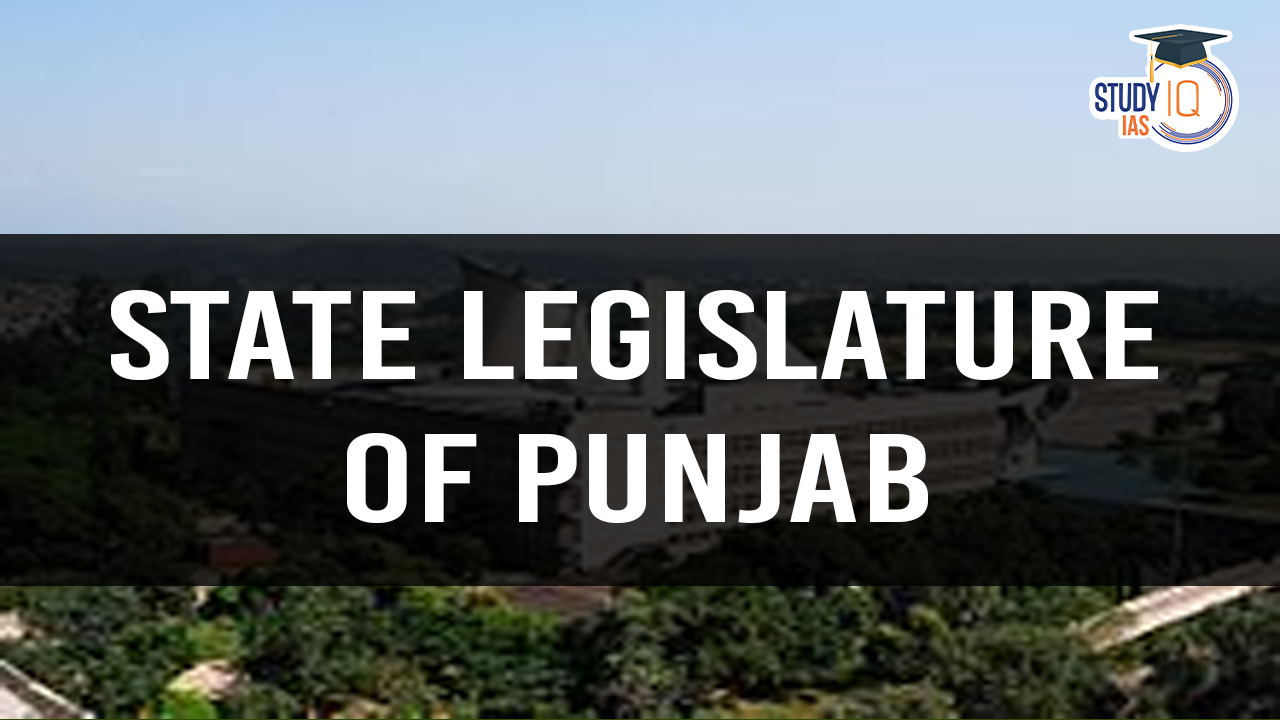
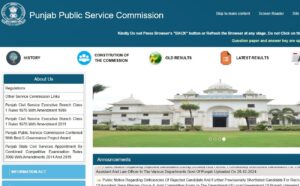 Punjab PCS Selection Process, Prelims, M...
Punjab PCS Selection Process, Prelims, M...
 State Universities of Punjab
State Universities of Punjab
